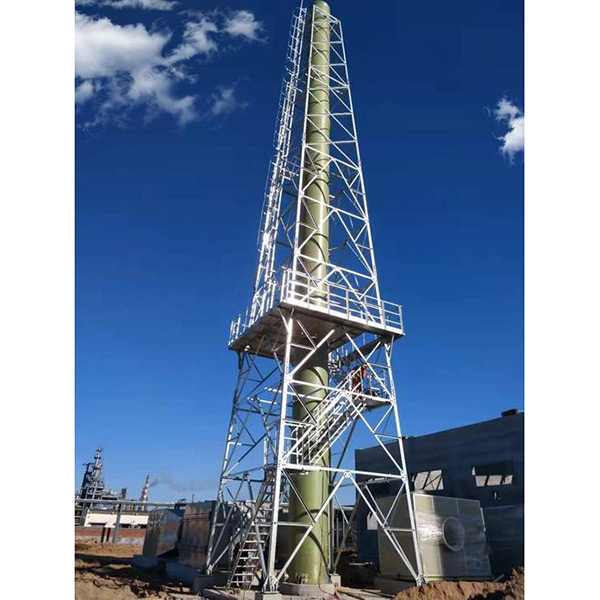Understanding the Crucial Role of Steel Chimneys in Steel Factory Towers
2024-04-11
Steel chimneys rising high above steel factory towers are not merely architectural features; they serve a vital purpose in the intricate processes of steel production. Understanding the significance of these towering structures sheds light on their indispensable role in the steel manufacturing industry.
The Heart of Steel Production:
At the core of every steel factory lies a complex network of furnaces, converters, and other equipment crucial for transforming raw materials into molten steel. Throughout this process, various gases and by-products are generated, including carbon dioxide, carbon monoxide, sulfur dioxide, and particulate matter. These emissions must be safely and efficiently dispersed to prevent environmental pollution and maintain a healthy work environment for personnel.
Enter the Steel Chimney:
This is where the steel chimney steps in. Standing tall and sturdy, the steel chimney acts as the conduit for these emissions, channeling them away from the factory floor and surrounding areas. Its towering height facilitates the upward movement of gases, allowing them to disperse into the atmosphere far above ground level.
Environmental Compliance:
One of the primary functions of a steel chimney is to ensure compliance with environmental regulations. Steel manufacturing processes can produce significant quantities of pollutants, and it's imperative to mitigate their impact on air quality. By directing emissions through the chimney, factories can effectively control and monitor their environmental footprint.
Optimizing Efficiency:
Beyond environmental considerations, steel chimneys also play a crucial role in optimizing the efficiency of steel production. Proper ventilation and airflow management are essential for maintaining stable operating conditions within furnaces and other equipment. A well-designed chimney ensures the effective removal of exhaust gases, preventing the buildup of harmful contaminants that could impede production or compromise product quality.
Safety and Health:
In addition to environmental concerns, steel chimneys contribute to the safety and health of workers within the facility. By venting noxious gases and pollutants away from the factory floor, they help create a safer and more comfortable working environment. This is particularly important in environments where exposure to harmful emissions could pose health risks to personnel.
Structural Considerations:
Designing and constructing a steel chimney for a steel factory tower is no small feat. These structures must withstand extreme temperatures, corrosive gases, high winds, and other environmental challenges. Engineers carefully consider factors such as material selection, structural integrity, and stability to ensure the chimney can withstand the rigors of industrial operation.
Conclusion:
In summary, the purpose of a steel chimney in a steel factory tower extends far beyond mere aesthetics. These towering structures are integral to the smooth and efficient operation of steel manufacturing facilities, facilitating the safe dispersal of emissions while ensuring compliance with environmental regulations. As the steel industry continues to evolve, steel chimneys will remain indispensable components, symbolizing the resilience and ingenuity of modern industrial processes.



